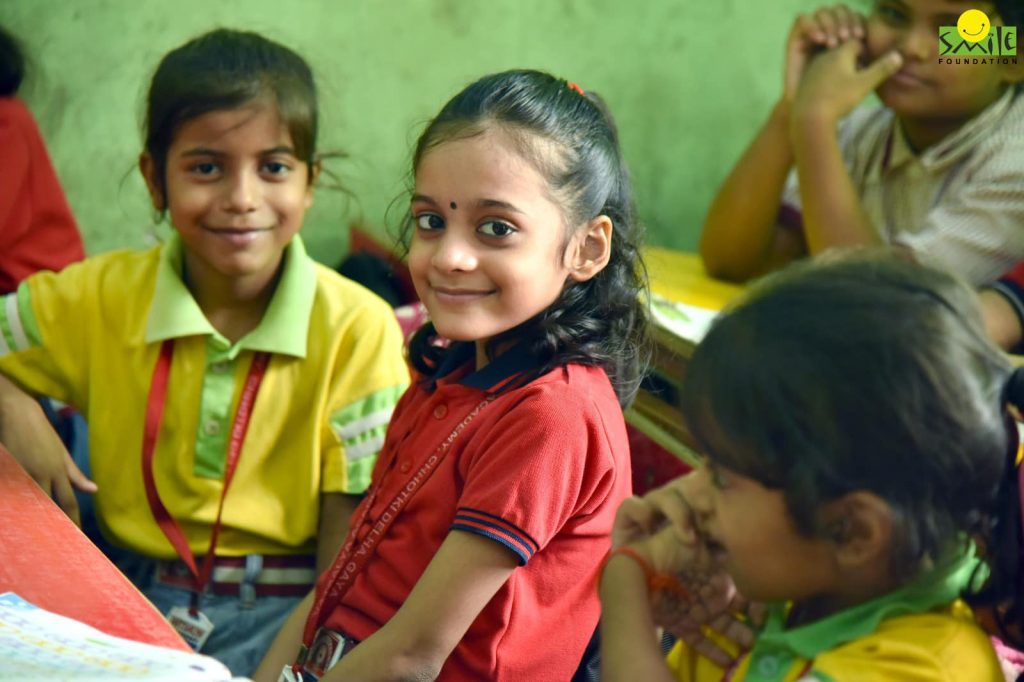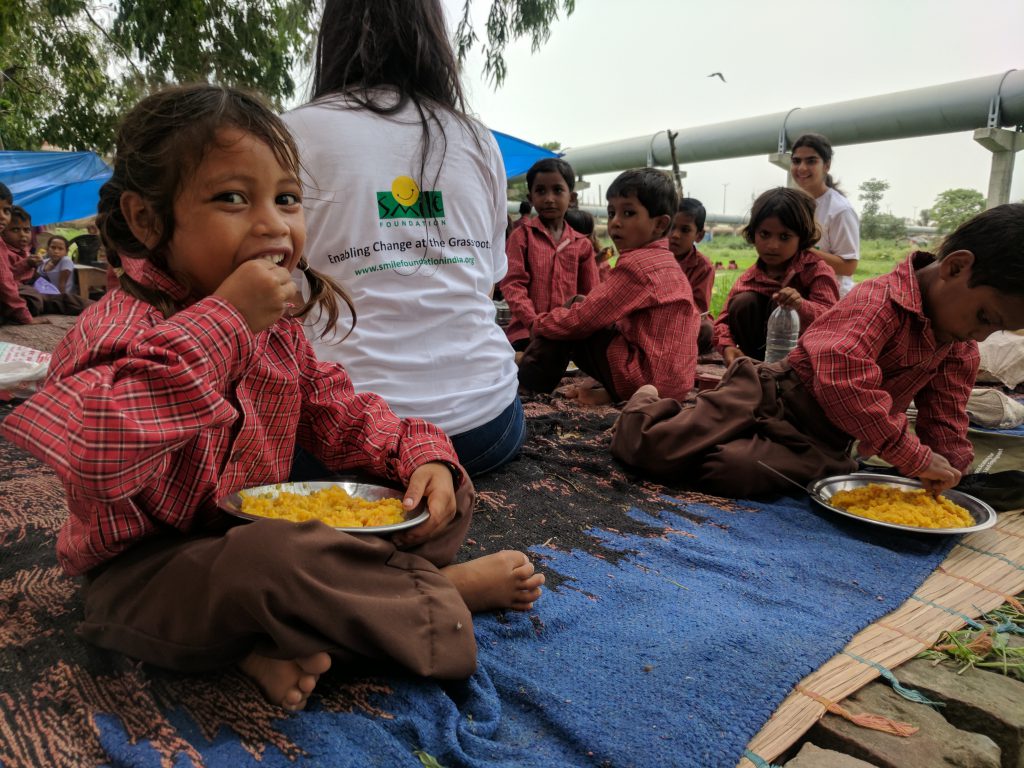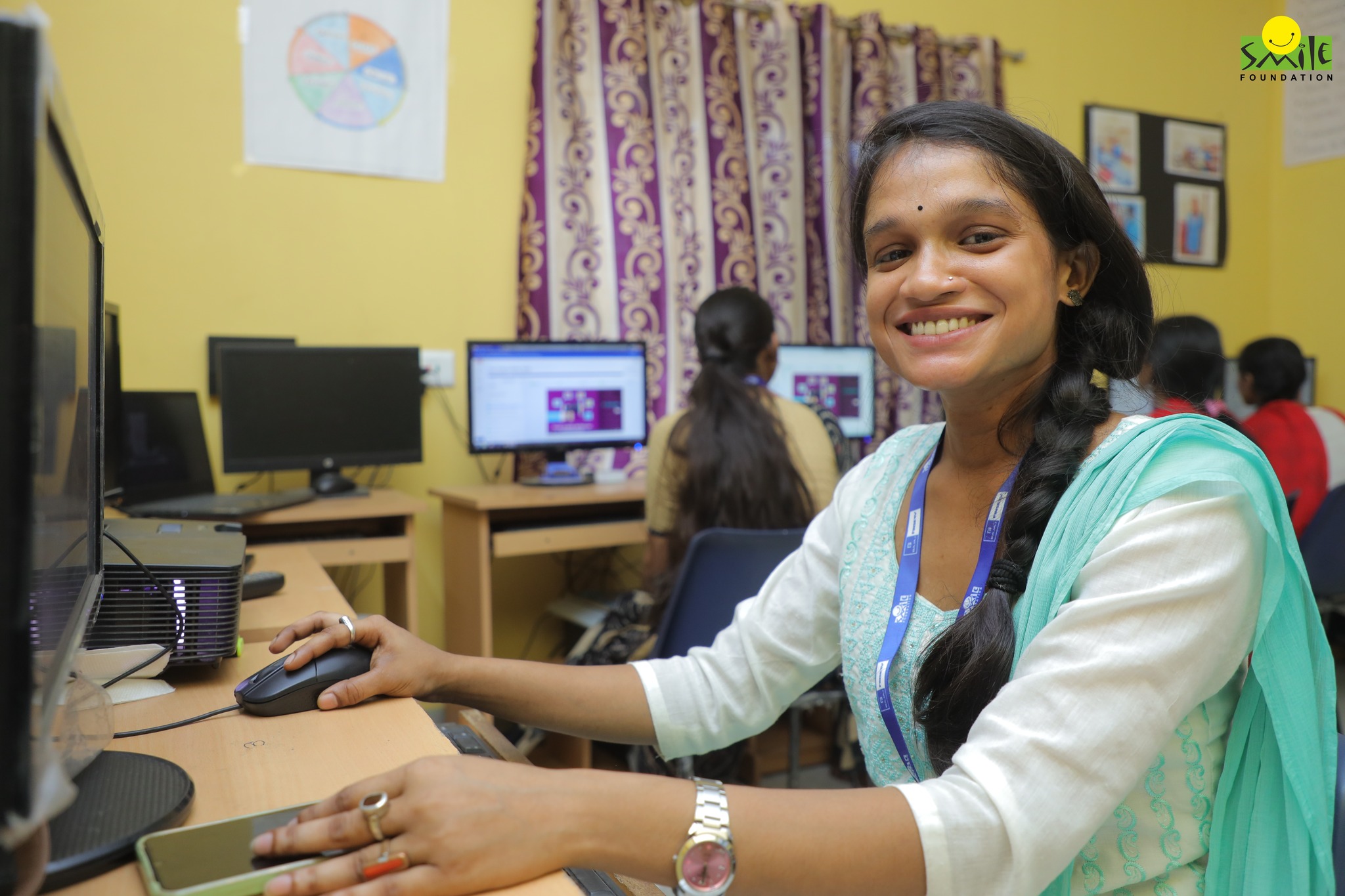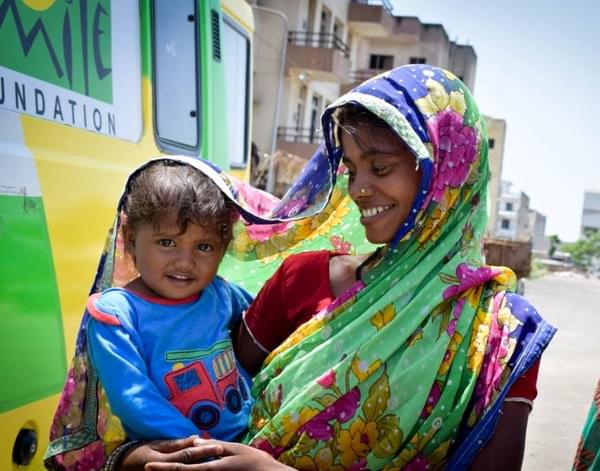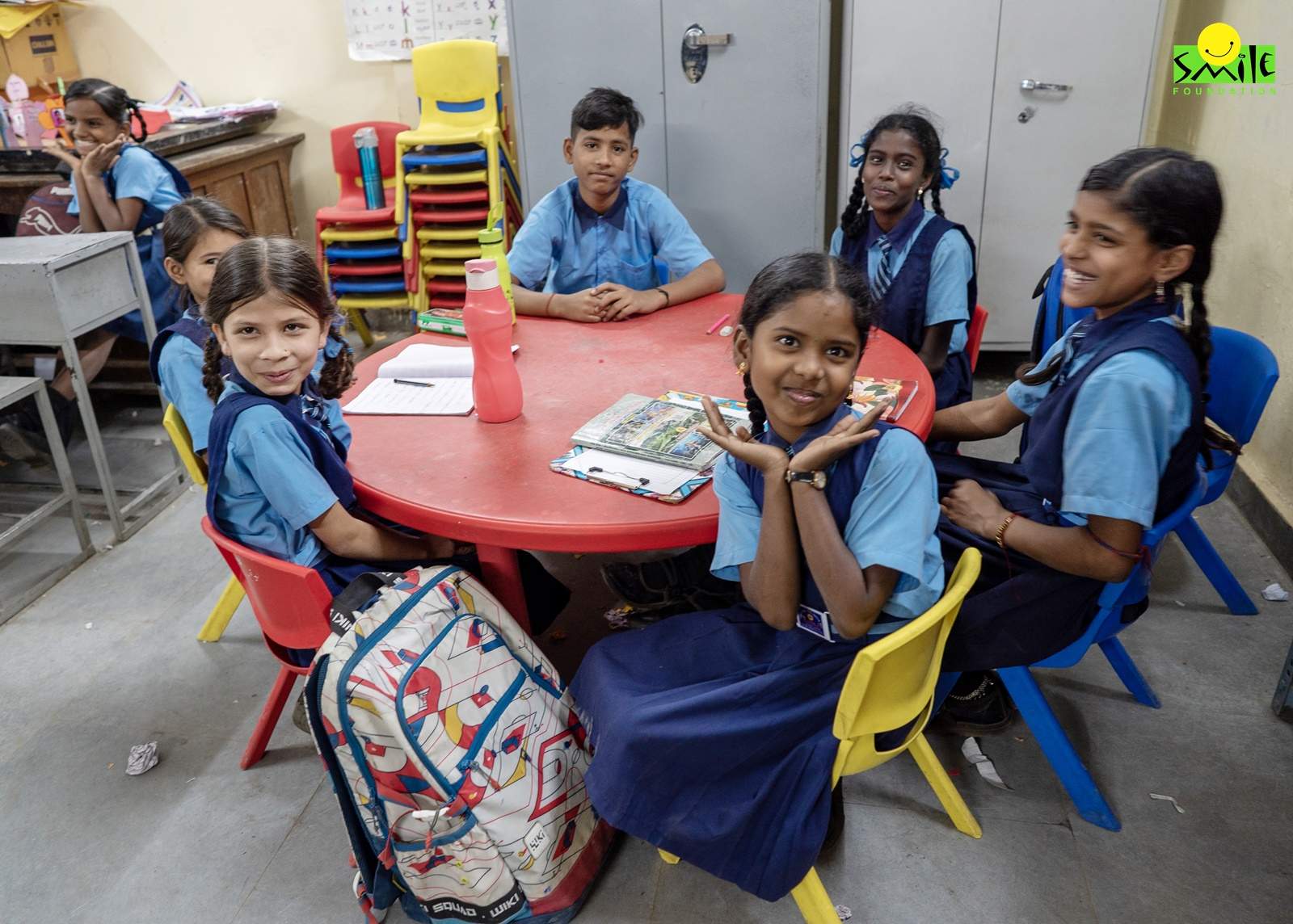In today’s interconnected world, addressing global challenges requires collaborative efforts and shared responsibilities. One such framework that embodies this ethos is the Sustainable Development Goals (SDGs). Envisioned by the United Nations (UN) in 2015, the SDGs represent a universal call to action to end poverty, protect the planet, and ensure prosperity for all by 2030. At the heart of the SDGs lies the principle of leaving no one behind, emphasising inclusivity and equality.
Understanding the Sustainable Development Goals (SDGs)
The SDGs consist of 17 interconnected goals, each addressing specific areas critical to human well-being and environmental sustainability. These goals encompass a wide range of issues, including poverty eradication, quality education, gender equality, climate action, and more. By addressing these interconnected challenges comprehensively, the SDGs aim to create a more equitable, resilient, and sustainable world for present and future generations.
Central to the success of the SDGs is the spirit of global collaboration and partnership. Achieving these ambitious goals requires collective action from governments, businesses, civil society organisations, and individuals worldwide. Through multi-stakeholder partnerships, countries can leverage their strengths, resources, and expertise to accelerate progress towards the SDGs. Collaboration across sectors and borders is essential for mobilising resources, sharing knowledge, and implementing innovative solutions to complex challenges.
Leaving No One Behind
A fundamental principle of these goals is the commitment to leaving no one behind. This entails ensuring that progress is inclusive and reaches the most marginalised and vulnerable populations, including women, children, persons with disabilities, indigenous communities, and those living in poverty. By prioritising the needs of these groups and addressing systemic inequalities, the goals aim to create a more equitable and just society where everyone can thrive.
The SDGs serve as a roadmap for addressing some of the world’s most pressing challenges, including poverty, hunger, inequality, and environmental degradation. By setting clear targets and indicators, the goals provide a framework for measuring progress and holding stakeholders accountable for their commitments. Through concerted efforts to achieve these goals, countries can build more resilient and sustainable societies that are better equipped to withstand future shocks and crises.
Impact on Developing Countries
For developing countries, the SDGs offer a pathway to sustainable development and economic growth. By aligning their national development priorities with the goals, these countries can access international support, investment, and technical assistance to address key challenges and unlock new opportunities. The SDGs also provide a framework for mobilising domestic resources, strengthening governance systems, and empowering local communities to drive change from the grassroots level.
The Role of Technology and Innovation
Technology and innovation play a crucial role in advancing the SDGs and overcoming barriers to progress. From renewable energy solutions to digital healthcare systems, innovative technologies have the potential to accelerate progress towards multiple goals simultaneously. By harnessing the power of innovation, countries can leapfrog traditional development pathways and find creative solutions to complex challenges.
The Importance of Data and Monitoring
Effective monitoring and data collection are essential for tracking progress towards the SDGs and identifying areas where action is needed. By collecting disaggregated data and monitoring key indicators, countries can ensure that no one is left behind and that resources are allocated efficiently. Data-driven decision-making also enables policymakers to identify trends, measure the impact of interventions, and adjust strategies accordingly.
India’s Commitment to the SDGs
As one of the world’s largest and most diverse countries, India plays a crucial role in advancing the SDGs regionally and globally. The Indian government has embraced the SDGs as a guiding framework for its development agenda, integrating them into national policies, programs, and initiatives. Through initiatives such as the National Health Mission, Swachh Bharat Abhiyan, and Digital India, India is making significant strides towards achieving the SDGs and improving the lives of its citizens.
The Sustainable Development Goals represent a shared vision for a better future, where prosperity, peace, and sustainability are within reach for all. By mobilising collective action like Smile Foundation does, fostering global collaboration, and prioritising inclusivity, the SDGs offer a roadmap for building a more equitable, resilient, and sustainable world. As we work towards achieving these ambitious goals, let us remember the importance of leaving no one behind and ensuring that everyone has the opportunity to thrive. Together, we can create a brighter future for generations to come.



